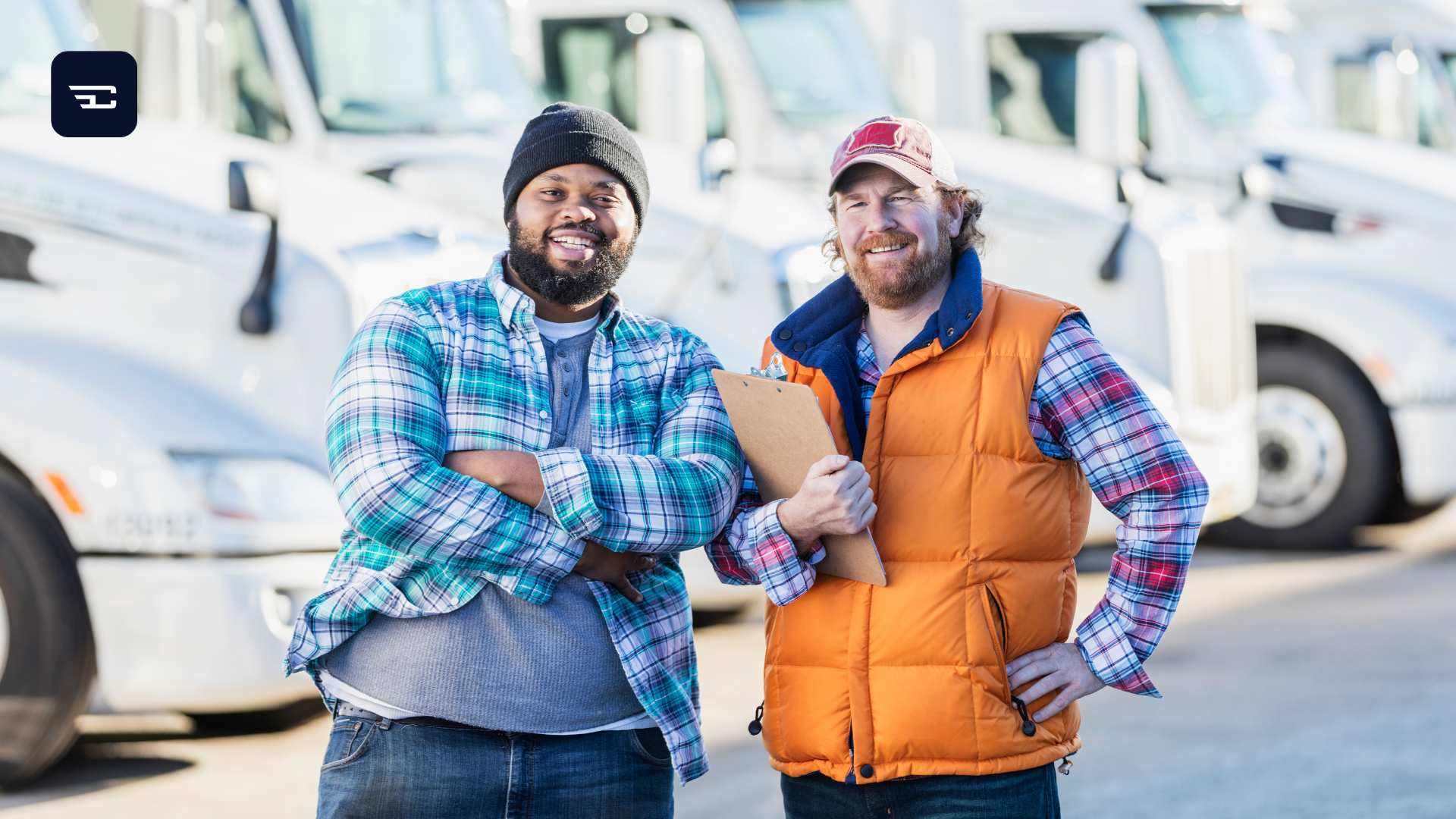Torben Robertson
5 mins
Company Cars vs. Car Allowance in the Food & Beverage Industry

Follow us on LinkedIn
Our PageThe food and beverage (F&B) industry has employees on the road for deliveries, merchandising, and sales visits, and choosing the right vehicle benefit model impacts operations. Some tasks need specialty vehicles, while others do not. Some mobility strategies, namely taxable car allowance, can waste 30% in taxes, while others save the same figure.

Defining the Terms
Company Car
A company car is a vehicle that an employer owns or leases and provides to employees for both business and personal use. The key employee advantage is that the employer shoulders the responsibility for the purchase, maintenance, fuel, insurance, and other related costs. However, the benefit is taxable, and employees have little say in the vehicle’s make, model, or features.
Car Allowance
In contrast, a car allowance is a fixed monthly payment provided to employees who use their own vehicles for work. This option offers greater flexibility as employees can choose the car that best fits their lifestyle and work needs.
Although the allowance may be taxable, setting it up as a tax-free benefit (e.g., through a Fixed and Variable Rate (FAVR) or Tax-Free Car Allowance (TFCA) program) can optimize tax deductions for both employer and employee.
Pros and Cons
Company Cars
Advantages:
From the employee’s perspective Company cars offer convenience and efficiency: the employer manages all aspects of vehicle ownership, relieving employees from the hassle of maintenance, depreciation, and administrative burdens.
Employees may also view company cars as a sign of prestige and recognition: a company car can serve as a status symbol and a sign of appreciation, fostering positive employer–employee dynamics.
Disadvantages:
Company cars are the most expensive mobility option: running a fleet of company cars is the most expensive vehicle program. There are other options available for companies who need to be efficient.
Moreover, they are a taxable benefit. The personal use value of a company car is subject to income tax, and the chargebacks must be calculated and assessed for tax.
Employees also have limited flexibility in personal choice, and must adapt to the provided vehicle’s specifications, which may not align with personal preferences or practical needs.
Car Allowance
Advantages:
Car allowances increase autonomy. Employees choose and maintain their own vehicles, tailoring their choice to personal and professional needs.
There is roughly a 30% cost savings when switching from fleet to car allowance. Companies, in this case, only shoulder the business use cost of personal vehicles, and don’t have to charge personal use chargebacks to recoup the personal use portion of the benefit. When structured as a tax-free benefit, a car allowance can lead to significant savings for both parties, since business-related driving expenses are deductible.
Disadvantages:
Car allowances should be structured as a tax-free benefit to maximize value. Switching from fleet to car allowance is ill-advised if you leave it as a taxable benefit, since then you lose 30% again in income and payroll tax.
But structuring it as a tax-free benefit leads to administrative hassles. For tax purposes, employees must track mileage and expenses meticulously, which can be burdensome without the right tools or software.
Industry-Specific Considerations in F&B
The F&B sector presents unique challenges and opportunities when it comes to managing transportation:
- High Mileage and Trip Frequency: On average, F&B employees log around 1,475 miles per month with nearly 90 trips. This high usage underscores the need for a cost-effective model that balances efficiency and expense.
- Specialized Needs: Certain roles, such as those requiring refrigerated trucks or larger cargo vans, demand specialized vehicles. However, for many roles like sales and merchandising, a vehicle reimbursement program using personal cars can be more economical.
- Adoption of Reimbursement Programs: Data indicates that approximately 86% of F&B companies favor FAVR models, while 14% utilize TFCA. These programs help tailor reimbursement to local conditions—considering factors like fuel prices, insurance rates, and regulatory requirements—and can reduce overall overhead costs significantly.
For detailed industry insights, visit:
Which Option Is Best for Your Business?
Deciding between company cars and car allowances hinges on several factors:
Cost Considerations:
Company cars can incur high administrative and tax costs for employers, while car allowances, especially when tax-optimized, offer more predictable expense management. Whether you’re transitioning from a fleet of company cars, or a taxable allowance, companies can expect to save up to ⅓ of their mobility expenditure.
Employee Flexibility:
Allowing employees to choose their vehicles can lead to improved morale and satisfaction, provided the allowance is sufficient to cover business-related driving expenses.
Risk and Liability:
With company cars, employers bear more risk—such as off-the-clock accidents and vehicle depreciation. Car allowances shift this risk to the employee, but with proper mileage reimbursement programs (often tax-free up to the IRS standard mileage rate), the cost burden can be balanced.
Operational Needs:
In the F&B industry, where specialized vehicles are sometimes necessary, a hybrid approach might be optimal—using company fleets for roles requiring specific equipment and car allowances for roles that involve lighter, more flexible usage.
Conclusion
Both company cars and car allowances offer distinct advantages and drawbacks. For the F&B industry, where operational efficiency, cost control, and employee satisfaction are paramount, the choice isn’t one-size-fits-all. While company cars bring convenience and brand prestige, they come with higher costs and limited flexibility. Conversely, car allowances—particularly when structured as tax-free benefits—provide freedom and potential savings, making them a compelling option for many businesses.
Ultimately, the decision should align with your company’s budget, employee needs, and operational demands. By carefully weighing the pros and cons and considering industry-specific data, F&B businesses can implement a vehicle benefit strategy that maximizes both efficiency and employee morale.
Share on:
